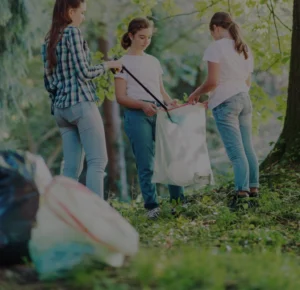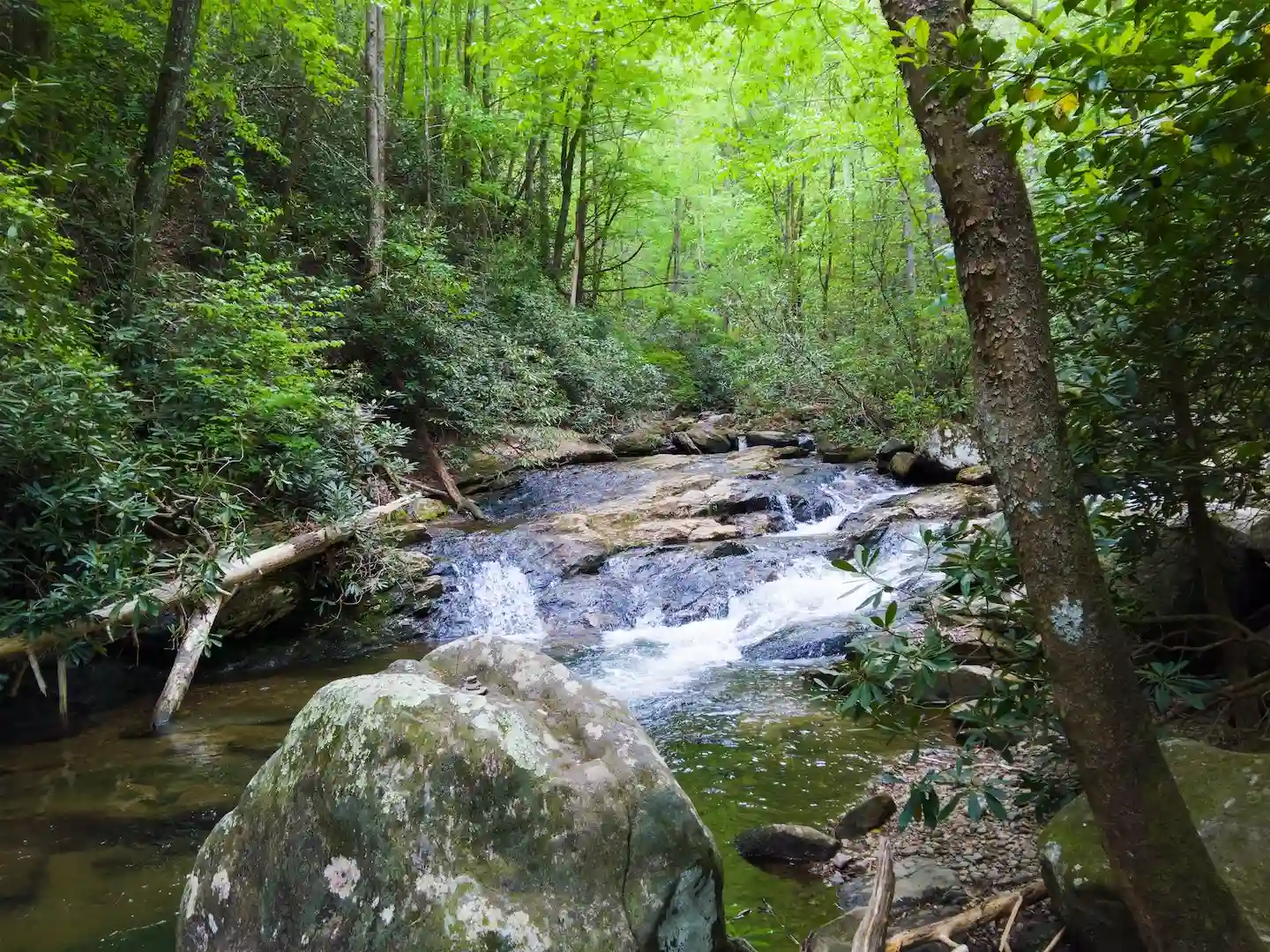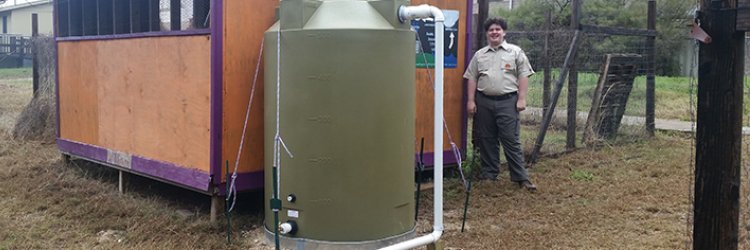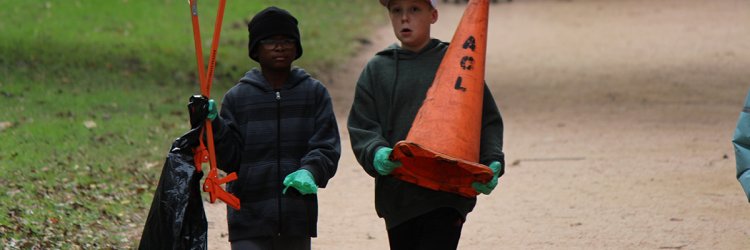Biodiversity is a measure of the living things (plants, animals, bacteria, humans) within a particular region or ecosystem. The measure is also used to determine the amount of variety among living things. We can even measure the biodiversity on the scale of the planet earth!
We evaluate how biologically diverse an area is by counting the number of different species of plants and animals within the space, in addition to factoring in how many of each individual species there are within that same region.
Why is biodiversity important?
The higher the biodiversity, the healthier the ecosystem! By having a large variety of living things, we have an increased diversity of food and sheltering sources for all organisms in an ecosystem.
More variety also increases the amount of ecosystem services, such as lowered temperatures and improved air, water, and soil quality.
When we support local biodiversity, we support the very foundation of the incredible urban ecosystem we’re a part of. This also increases ecosystem resiliency in the face of climate change and other environmental disturbances that affect us here in Central Texas, such as droughts, wildfires, flooding, high temperatures, and urban development.

Native plants
Native plants are plants that are indigenous, or from, the area in which they are currently found.
Because these plants evolved to adapt to and survive in the particular climate, soil, and water conditions of their region, they tend to need less water and fertilizers. As such, they also require less maintenance than nonnative plants would need in order to grow successfully.
Here in Texas, for example, our native plants are often well-adapted to intense heat events, drought, and low shade, making them more tolerant during our extreme seasons.
Planting and promoting native plants is especially important to maintaining biodiversity and sustaining native wildlife, since non-native and invasive plants actually reduce that biodiversity.
Wildlife relies on a multitude of resources in order to be successful in their environment. For example, the local and endangered Golden-Cheeked Warbler requires bark from mature Ashe Juniper trees to make its nest, but it actually builds its nest in secluded woodlands in older hardwood trees like Live Oak or Pecan trees.
Why are native plants important?
Like native plants, local wildlife have also adapted to their surroundings. Native plants best meet local wildlife food and cover needs, and provide good places for them to raise their young.
The evolved structures that many native plants have in order to tolerate local climate oftentimes have other ecosystem benefits as well. For example, many of our local wildflower and grass species have incredibly long root structures that allow them to survive drought and arid soils, but those same roots actually filter and clean water in our environment as well.
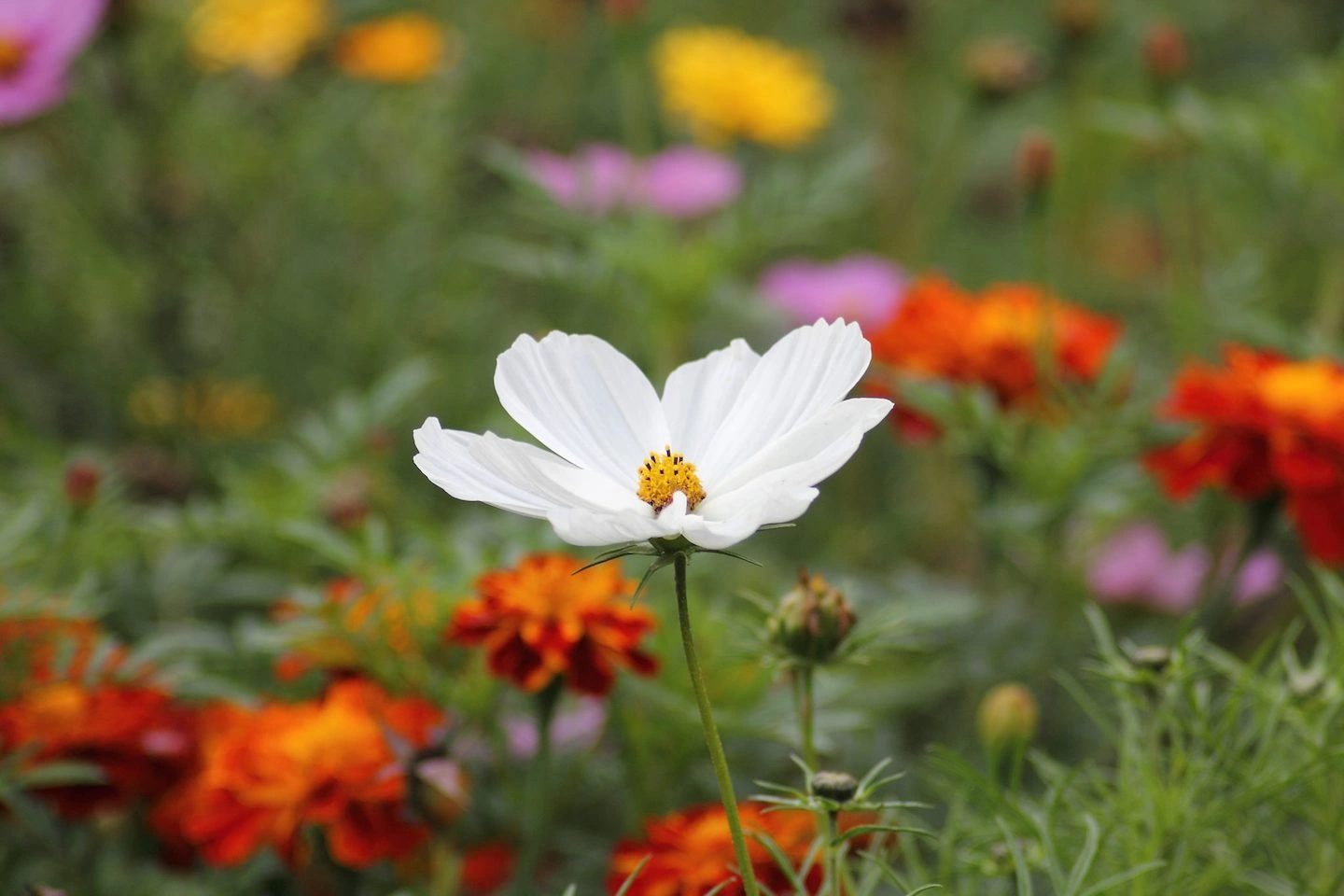
Five common central Texas native plants
Texas Bluebonnet, Lupinus texensis
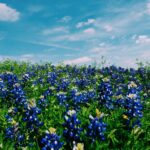 One of the first things that comes to mind when we think of our native plants is always our lovely state flower! Easily identifiable by it’s little blue “bonnets” and star-shaped (palmate) leaves, the bluebonnet is actually a member of the pea/legume family. All plants in the family are “nitrogen-fixers,” meaning they return nitrogen, a valuable nutrient, back to the soil. This allows the soil to stay healthy and help other plants grow. These plants also filter the air and the water, and are valuable as nectar sources to our native bees.
One of the first things that comes to mind when we think of our native plants is always our lovely state flower! Easily identifiable by it’s little blue “bonnets” and star-shaped (palmate) leaves, the bluebonnet is actually a member of the pea/legume family. All plants in the family are “nitrogen-fixers,” meaning they return nitrogen, a valuable nutrient, back to the soil. This allows the soil to stay healthy and help other plants grow. These plants also filter the air and the water, and are valuable as nectar sources to our native bees.
Antelope Horn Milkweed, Asclepias asperula
One of our native milkweed species, this beautiful plant grows low to the ground with green-white, star-like flowers forming in globed clumps. These are an integral part of the monarch butterfly’s life cycle, since it is a host plant for the monarch caterpillars.
Ashe Juniper, Juniperus ashei
 One of the most abundant tree species in our area, is commonly mistakenly referred to as “cedar”, and is the bane of many during “cedar fever” season, however, the Christmas tree looking, evergreen species is an integral part of our plant community, and is really important for local wildlife, such as the endangered golden-cheeked warbler, who uses the tree’s bark to build its nest! The Juniper berries are even traditionally used in making gin and other products.
One of the most abundant tree species in our area, is commonly mistakenly referred to as “cedar”, and is the bane of many during “cedar fever” season, however, the Christmas tree looking, evergreen species is an integral part of our plant community, and is really important for local wildlife, such as the endangered golden-cheeked warbler, who uses the tree’s bark to build its nest! The Juniper berries are even traditionally used in making gin and other products.
Pecan, Carya illinoinensis
The State Tree of Texas is a beloved hardwood species that can grow to be over 100ft tall when located close to water. Its edible nuts make for great urban fall foraging, and are a local favorite in pecan pie or pralines. The tree is also a host plant for the native Gray Hairstreak butterfly!
Texas Prickly Pear, Opuntia engelmannii
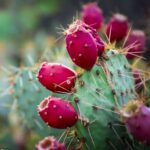 One of the most recognizable native plants here in the area by its thorny green pads and vibrant yellow flowers, has a multitude of uses and benefits. The fleshy pads of the cactus are edible as “nopales,” and are a frequent ingredient in tacos. The fruit or the “tuna” of the cactus is also edible and great for hydration and digestion! Many species of pollinators visit the beautiful cactus flowers. The stem of the cactus is the habitat for the cochineal insect, which is the source of red Carmine dye, which has had historic economic importance in the Americas for centuries. For more information on what’s in season in Central Texas, check out the Lady Bird Johnson Wildflower Center guide.
One of the most recognizable native plants here in the area by its thorny green pads and vibrant yellow flowers, has a multitude of uses and benefits. The fleshy pads of the cactus are edible as “nopales,” and are a frequent ingredient in tacos. The fruit or the “tuna” of the cactus is also edible and great for hydration and digestion! Many species of pollinators visit the beautiful cactus flowers. The stem of the cactus is the habitat for the cochineal insect, which is the source of red Carmine dye, which has had historic economic importance in the Americas for centuries. For more information on what’s in season in Central Texas, check out the Lady Bird Johnson Wildflower Center guide.
Invasive Plants
Unlike native plants, invasive species of plants are those that have been transplanted into a new environment, either intentionally or unintentionally, and have begun to take over that ecosystem.
Invasive species are one of the top threats to biodiversity since they push out native species by outcompeting them for resources such as water, sunlight, space, etc.
According to the U.S. Forest Service, “invasive species have contributed to the decline of 42% of U.S. endangered and threatened species, and for 18% of U.S. endangered or threatened species, invasives are the main cause of their decline.”
How invasive plants spread
Invasive plants spread in a number of ways, depending on the species. Oftentimes introduced by humans either unknowingly or for aesthetic purposes, invasive species tend to have a faster growing period or strategic reproduction processes.
This allows them to establish themselves quickly in an environment and take in more resources than the native species.
One such strategy for some invasive plants is their pervasive horizontal root structures. When roots quickly expand outward, the plants are then able to take over large areas of land, which causes the invasive species to shade out other seedlings and allows wildlife to carry their seeds and fruits even further.
How to promote native plants
There are so many ways to promote the growth of native plants.
First and foremost, we can encourage native plant growth and native wildlife habitats by planting more native plants and by avoiding planting invasive plants in our yards or gardens. One way to do this is to make and plant seed balls, which are packed with a variety of native wildflower and grass seeds.
Finally, we can also allow native wildflowers and grasses to grow naturally. The City of Austin has established Grow Zones, primarily alongside our creeks all over the city to do just this.
Want to promote biodiversity in Austin?
Join our Adopt-a-Creek program! We provide individuals and groups the resources they need to help protect Austin’s important Grow Zones and promote biodiversity throughout Austin.
You can also explore and promote biodiversity right in your own neighborhood – make your own seedballs or download our free Biodiversity Quadrat lesson plan for an engaging at-home activity for the whole family.

